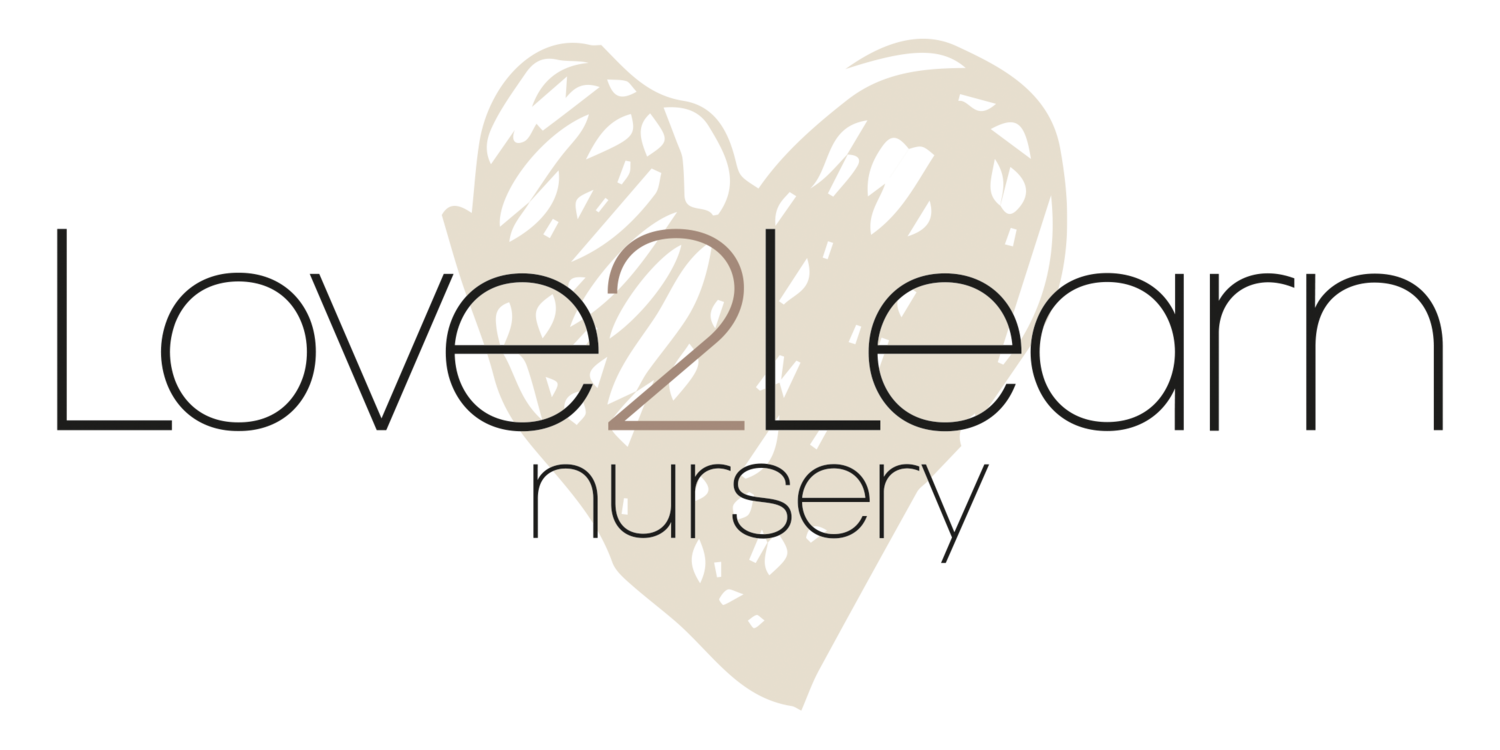What is a schema?
Schemas
What is a schema?
A schema is a pattern of repeated actions. Clusters of schemas develop into later concepts"
(Athey, 2007)
Schematic play is a style of play, where children repeat the same actions, concepts or ideas in their play. The repeated actions can be identified as schemas and they can give us insights into a child’s passions and interests. Understanding a child's schematic play can support us as adults, to engage children - supporting their learning and extend their thinking.
Schematic play is not a specific type of play itself, but rather how a child chooses to play and the type of actions they like to take. Play schemas occur during all forms of play, from arts and crafts to physical sports, they may be a little tricky to spot at first.
Transporting - Children become fascinated with moving themselves, objects and toys. During schematic play, their hands will rarely be empty, and they may enjoy loading up buggies to move objects. Carrying or moving items from one place to another; carrying items in containers or bags.
Transforming - Children become fascinated by cause and effect. During schematic play, they like mixing different materials and resources together, seeing if they can change an object’s colour, shape and consistency. Children with this schema can usually be found covered in an array of magical mess! Exploring the changing states of materials, transforming them from a solid to liquid state and back again.
Enveloping - Children become interested in space and capacity. During schematic play, they like to wrap themselves and their toys up in blankets. You may even be confused to see your child covering up their lovely paintings or drawings with more paint! Often covering themselves or objects completely. Wrapping items up or placing them in containers.
Rotation - Children show a keen interest with things that rotate or spin, enjoying exploring curved lines and circles. During schematic play, they like spinning themselves around or enjoy anything that has wheels. You may find that this child loves to sit and watch the washing machine spin around, likes to run in circles or be spun around!
Trajectory - Children are very interested in how things move horizontally, vertically, or diagonally and how objects respond to being thrown or pushed. During schematic play, they may like to knock things over, run fast, or make an item fly through the air. creating lines in space by climbing up and jumping down or dropping items from up high.
Positioning - Children will be interested in placing objects in rows, patterns, or lines. During schematic play, they like keeping toys in a specific order. You may find they also like their food to be kept separately on the plate! They tend to know where items belong, or have a space they believe they should stay.
Enclosing - Children love defined spaces and exploring concepts relating to size, shape, and pattern. During schematic play, they may like putting fences up around their toys or placing borders around their drawings. You may also found they've climbed into a box and closed the lid to "disappear"
Connection - Children love exploring how things join together or separate. During schematic play, they may like connecting blocks together in a long line or tower, and they may enjoy completing jigsaw puzzles. Setting out and dismantling tracks, constructing or joining items together with tape or glue.
Orienteering – Children will be interested in positioning themselves or objects in different places or positions e.g upside down or on their side. You may find they like to watch the television upside down!
How does this help development?
By identifying a child's schematic play, we can understand how a child prefers to learn, enabling us to enhance their environment and play experiences. As adults we can provide the materials to lead a child to explore deeper and develop further. By using their schematic interest, it is easier to extend the learning as it is already something your little one is genuinely curious to learn more about.
Do you recognise schematic play in your child?




